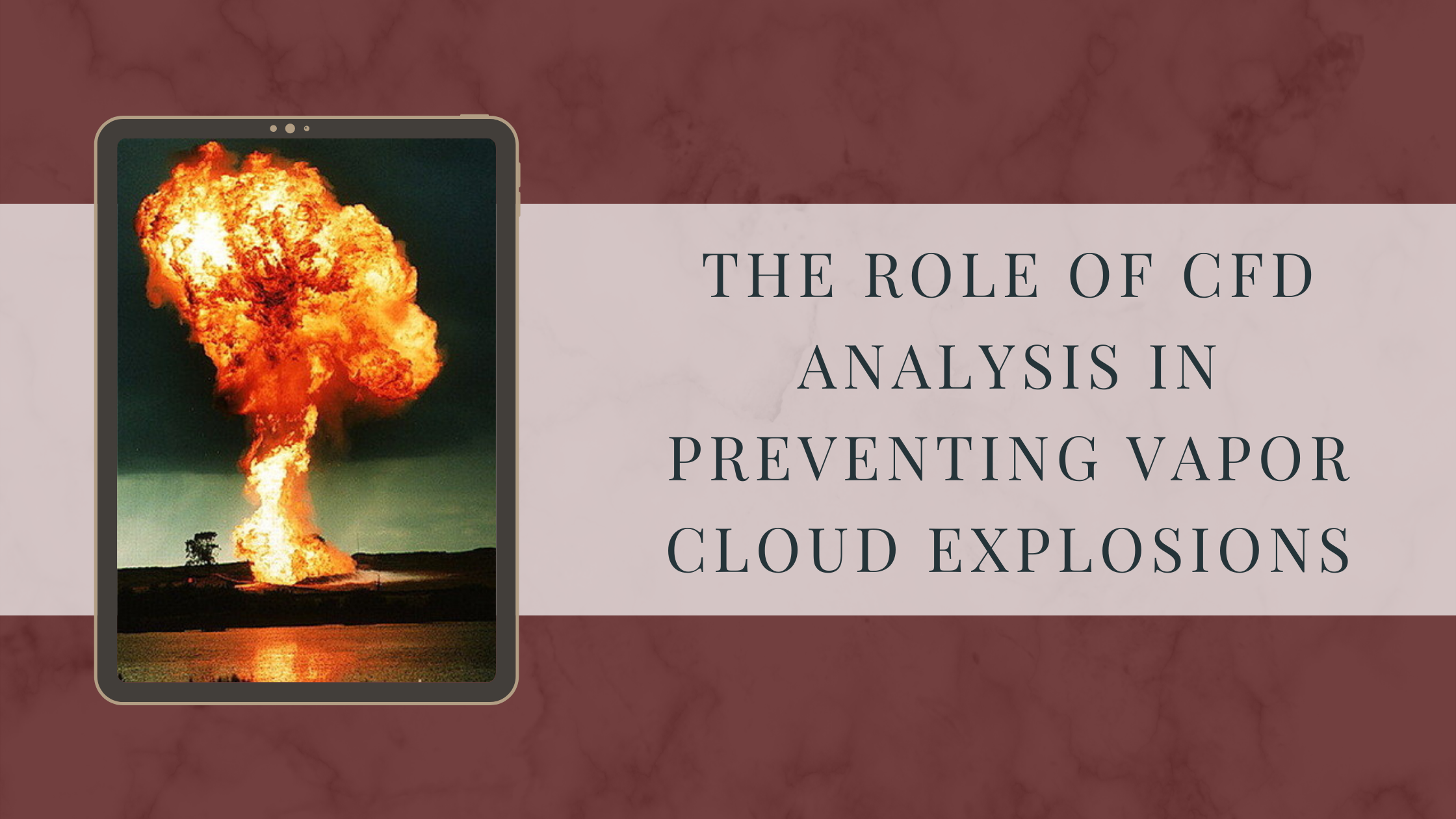Introduction
Ever wondered what created a loud bang noise in your plumbing system? It is most likely due to the Water hammer… Water hammer is known as one of the most disregarded hazards in fluid transportation. Sudden and rapid variations in flow velocity can result in harmful pressure surges, also referred to as "water hammer," in complex fluid transport systems. These pressure surges have the potential to harm equipment and endanger the pipeline integrity, causing expensive downtime. Surge analysis comes into the picture in this situation.
Surge analysis: What is it?
Surge analysis is also known as transient flow analysis. In this process, hydraulic systems are analyzed to inspect how the abrupt changes in flow velocity affect the systems. These sudden modifications are caused due to Events such as pump failure, valve closures, or abrupt changes in demand. The main goals of Surge Analysis are to Determine surge mitigation techniques and forecast surge pressures before they cause heavy damage to the system.
Why Surge Analysis Matters
• Protects Equipment: High surge pressures can crack pipes, damage pumps, or even cause structural failures.
• Improves System Longevity: Preventive surge management reduces wear and tear.
• Ensures Operational Safety: Minimizing risks from pressure transients enhances workplace safety.
• Supports Regulatory Compliance: Many safety codes mandate surge protection
• Reduces Maintenance Costs: Fewer failures lead to fewer unscheduled shutdowns
Common Challenges in Surge Analysis
• Accurate Modelling: Transient simulations require detailed system data and assumptions.
• Changing Operating Conditions: Variability in flow demand or unexpected shutdowns can invalidate earlier assessments
• Selection of Surge Protection Devices: Choosing between options like surge tanks, air valves, or pressure relief valves needs experience and analysis.
Tools Used in Surge Analysis
• AFT Impulse
• Bentley HAMMER
• PIPENET Transient Module
• Flow master
Methodology of Surge Analysis
The Surge Analysis study follows a systematic approach that involves the following key steps:
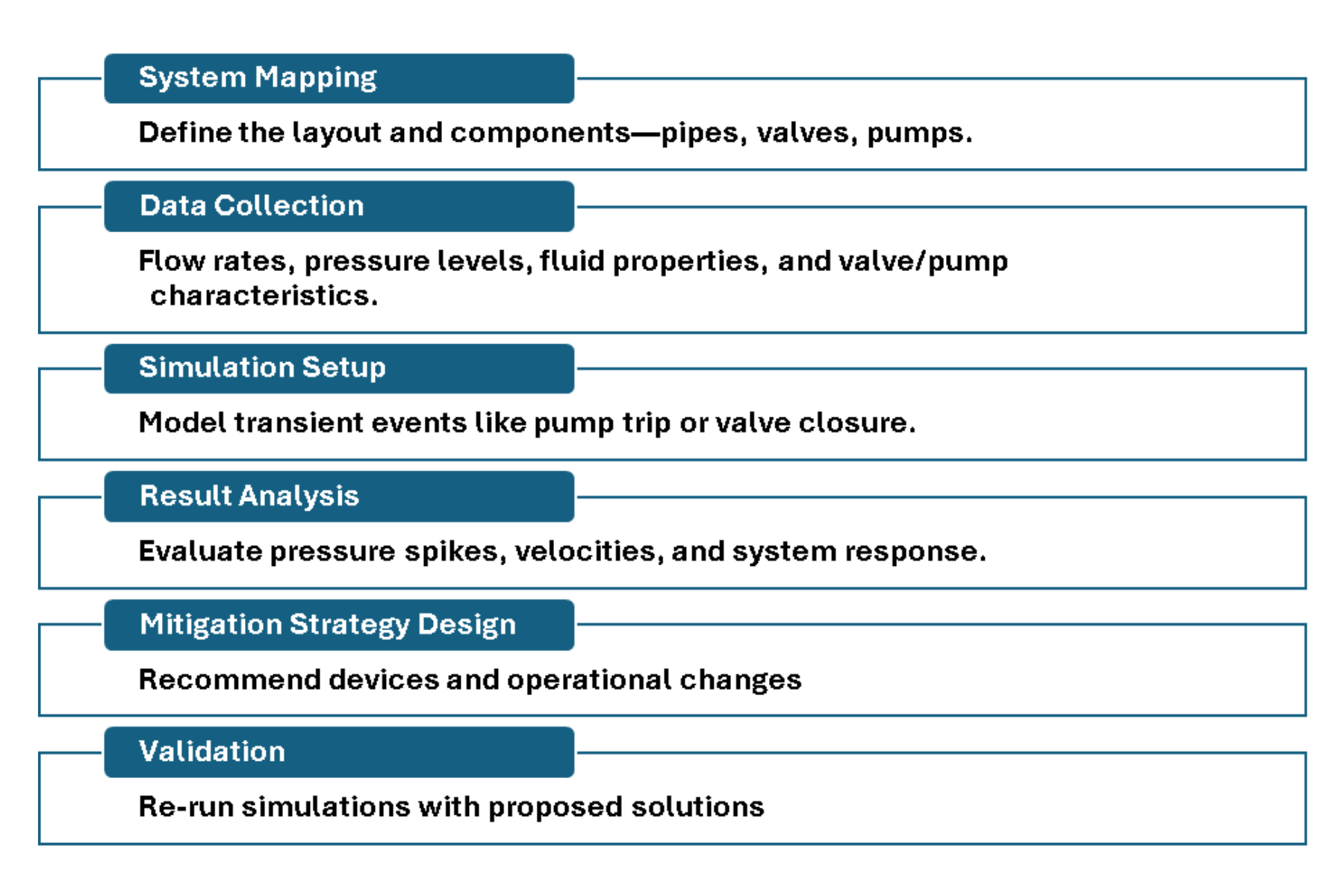
Why Techniche Engineering
One of the foremost authorities in water hammer prevention and surge analysis for intricate piping systems is Techniche Engineering. We provide customized, data-driven solutions that guarantee safety, effectiveness, and regulatory compliance. We have a track record of success in fluid dynamics, transient flow modeling, and pipeline protection. We are the go-to partner for surge mitigation because of our dedication to engineering quality, state-of-the-art software technologies, and industry best practices. For dependable, excellent performance outcomes in each surge study, pick Techniche Engineering.
We aspire to be leaders in our field, continuously developing new tools and techniques that improve safety and optimize performance. We aim to build a culture of safety that extends beyond our organization, promoting best practices and contributing to a safer, more sustainable workplace.
Case Study: Preventing Catastrophic Failure in a Petrochemical Plant
Background:
A leading petrochemical company in the Middle East planned a new high-pressure water injection pipeline for enhanced oil recovery. During the design phase, Techniche Engineering conducted a detailed surge analysis using AFT Impulse.
Challenge:
The pipeline, stretching over 20 km, was vulnerable to pump trip scenarios that could cause pressure spikes above 140% of the design pressure.
Solution:
The surge analysis predicted potential water hammer during pump failure.
Engineers proposed:
• A surge vessel near the pump station
• High-capacity non-return valves
• Modification in pump shutdown sequence to include soft stops
Outcome:
These changes ensured surge pressures remained within safe limits. Post-commissioning reports confirmed no abnormal vibrations or failures, validating the mitigation strategy. This proactive analysis saved the company millions in potential repairs and production loss.
Conclusion
Surge analysis is not just an optional safety check—it is an integral part of designing efficient, safe, and sustainable pipeline systems. Ignoring transient effects can lead to dangerous and costly consequences. With advanced tools and experienced professionals, companies can mitigate surge risks and ensure long-term system reliability.
FAQs on Surge Analysis
Q1: What is the difference between water hammer and surge pressure?
A: A water hammer is a type of pressure surge caused by sudden flow changes. Surge pressure includes water hammer but also covers other transient effects.
Q2: When should surge analysis be performed?
A: Ideally during the design phase, and whenever there’s a major operational or layout change.
Q3: What are common mitigation devices?
A: Surge tanks, air vessels, relief valves, and non-return valves.
Q4: Can surge analysis be done for existing systems?
A: Yes. Retrofitting based on surge analysis is common in aging infrastructure.
Need help with surge analysis for your next project?
Contact Techniche Engineering for expert consultation and design support.








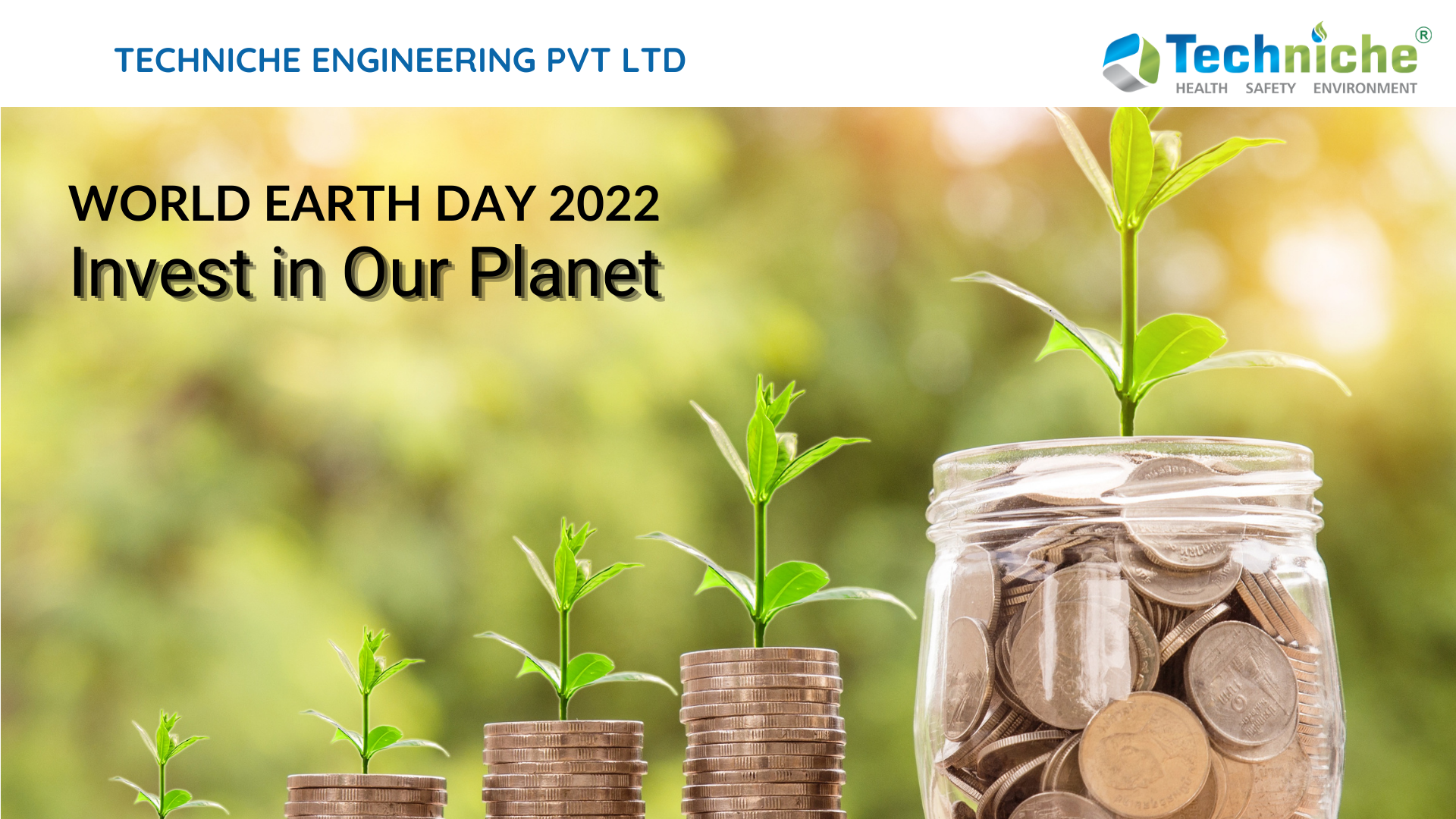
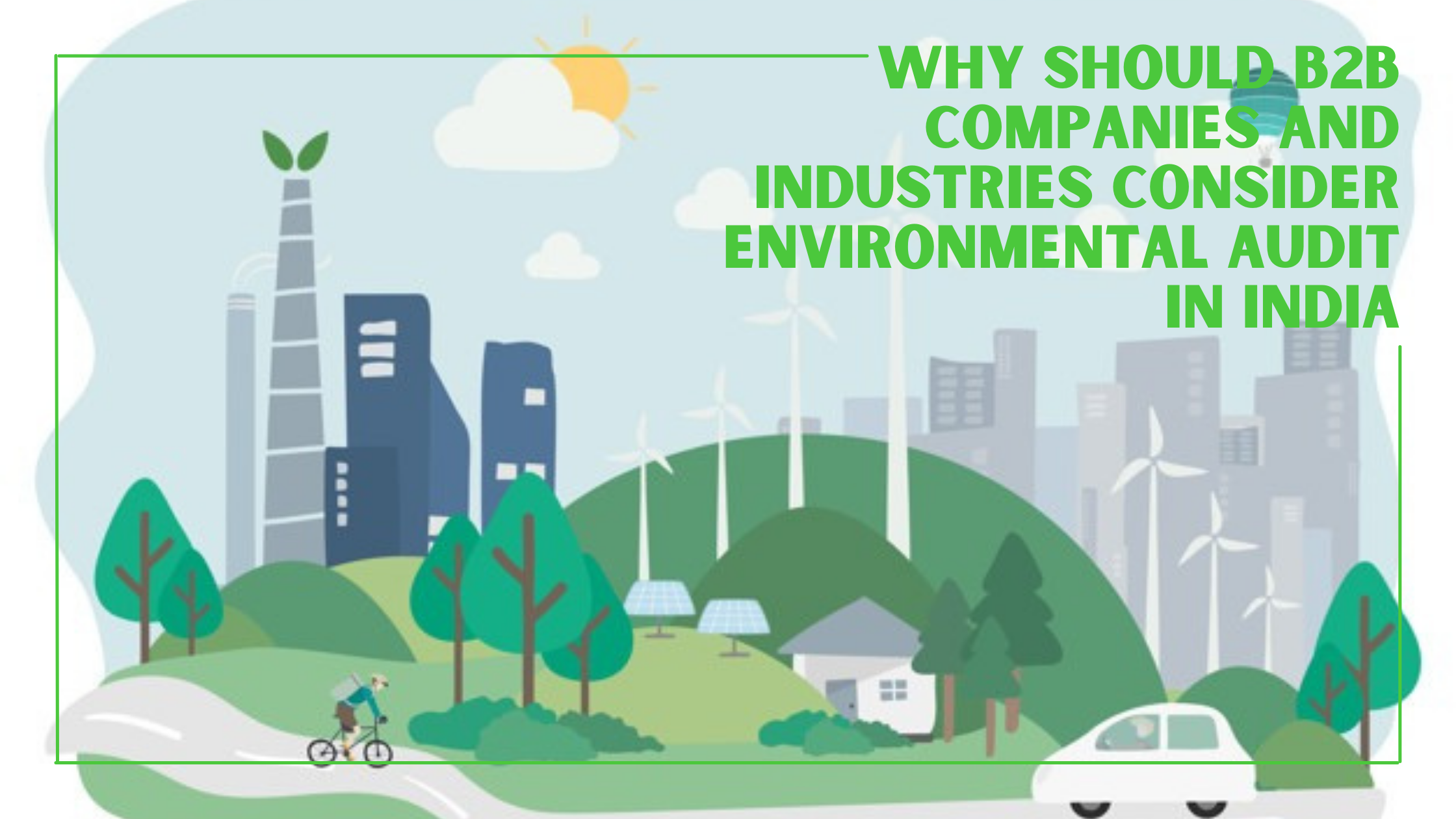
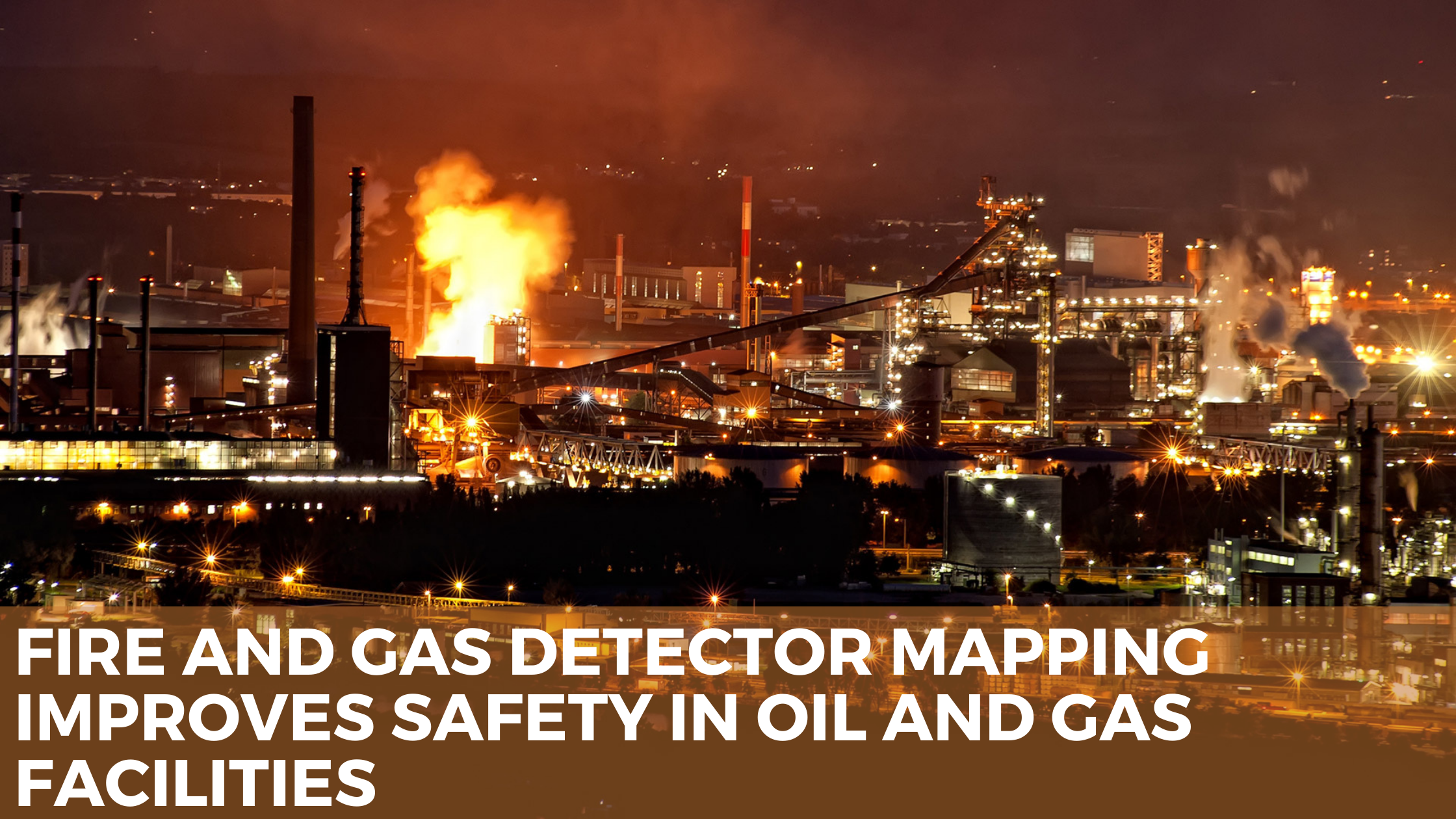
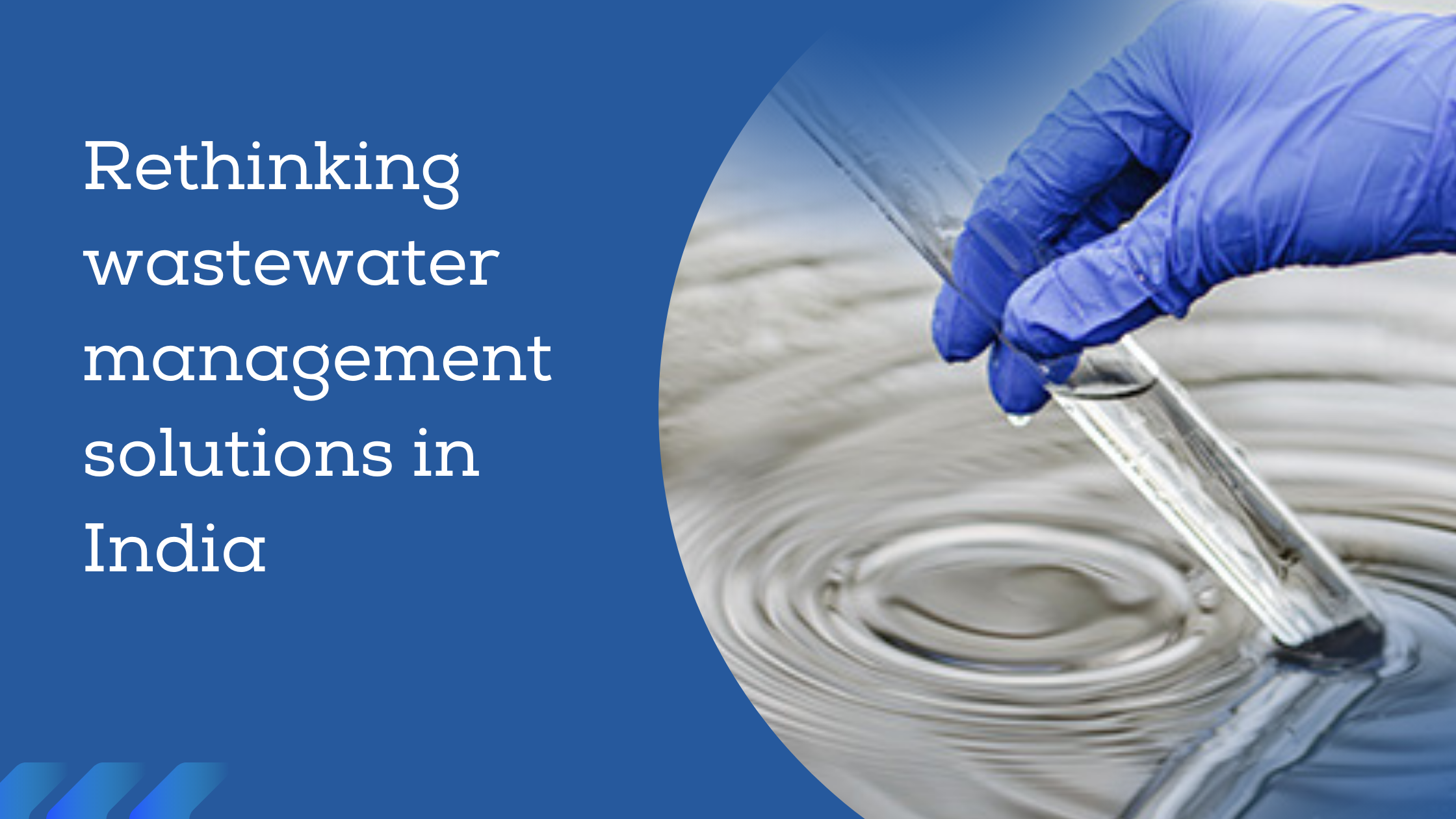
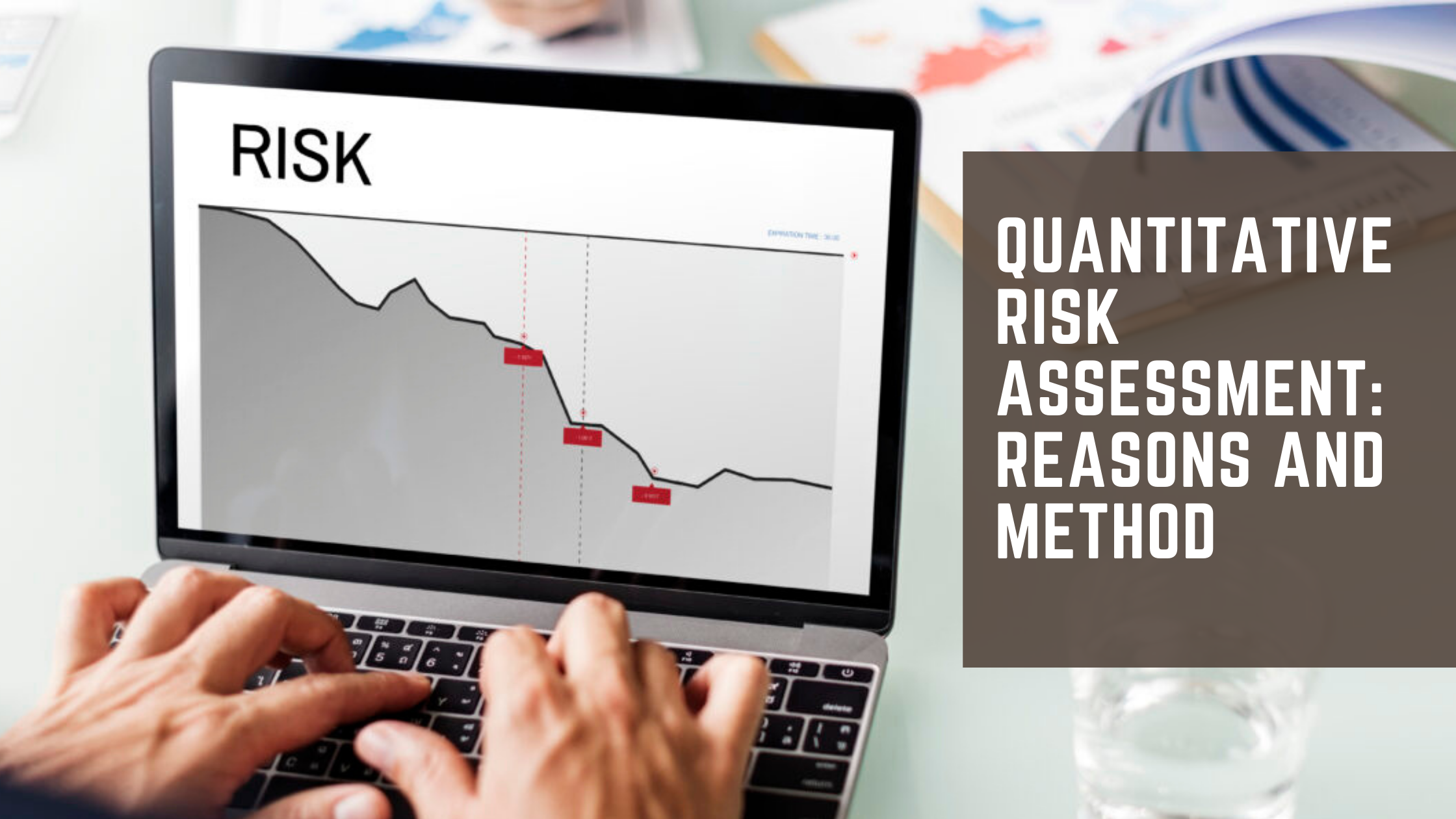
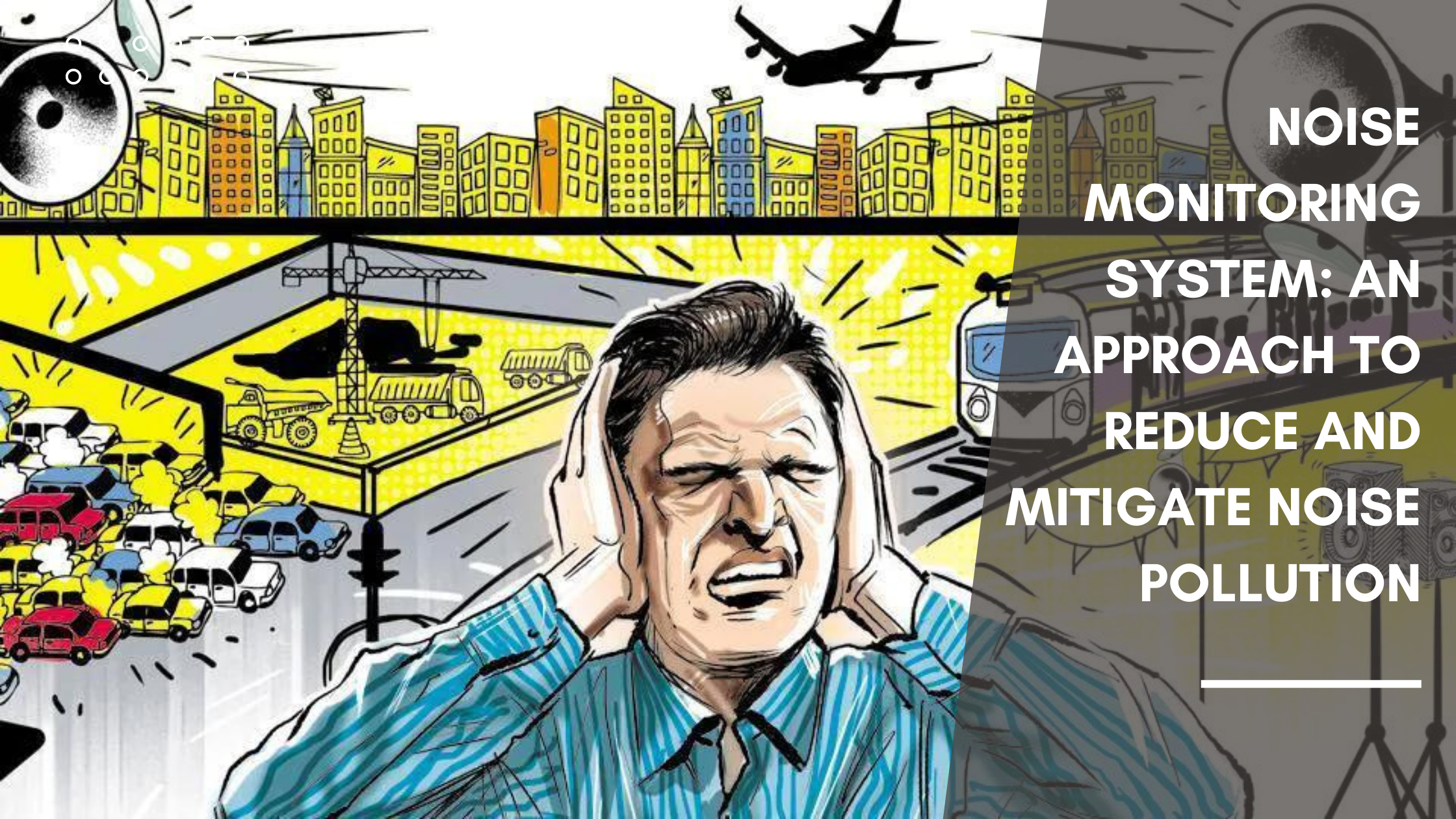

.png)
